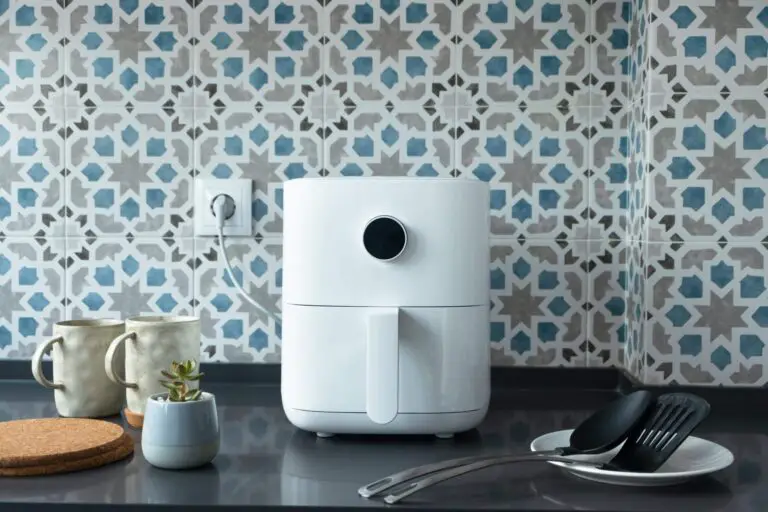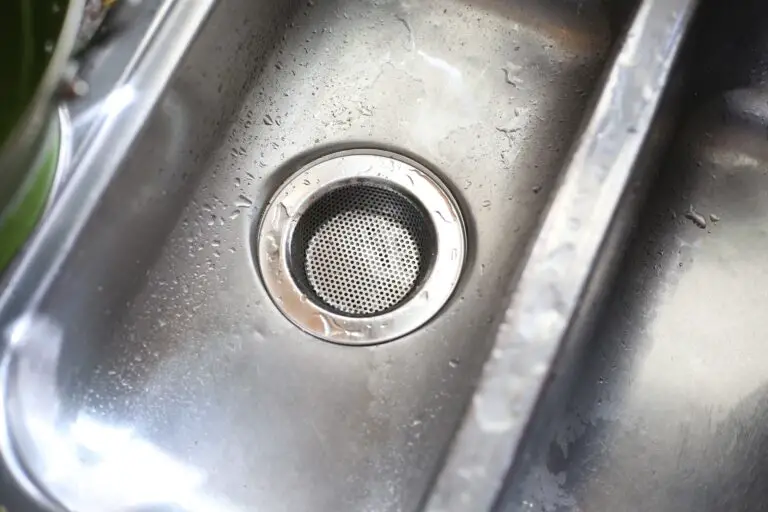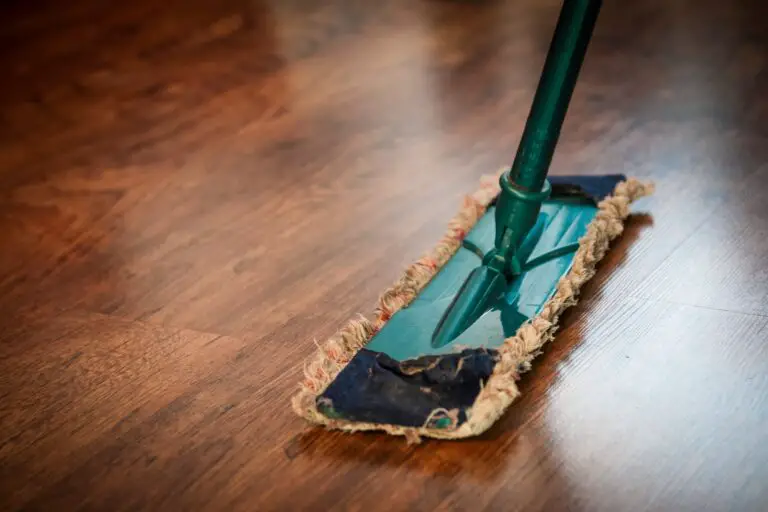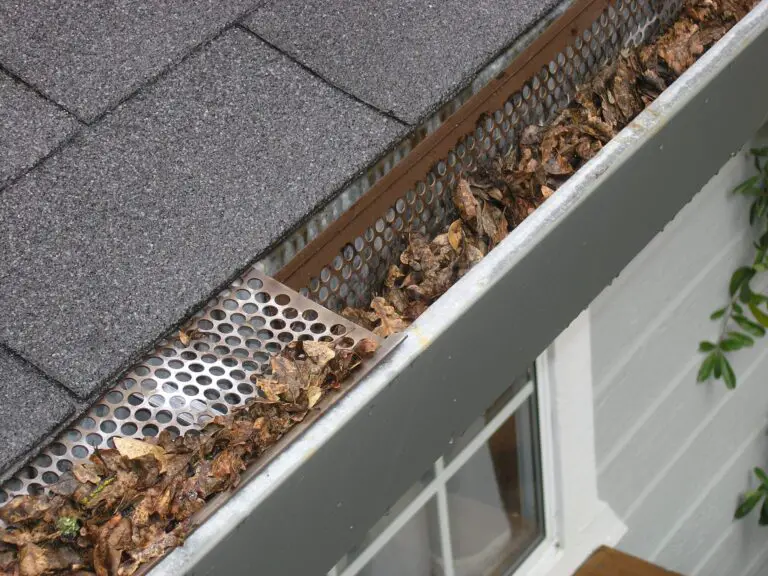How to Clean a Glass Top Stove
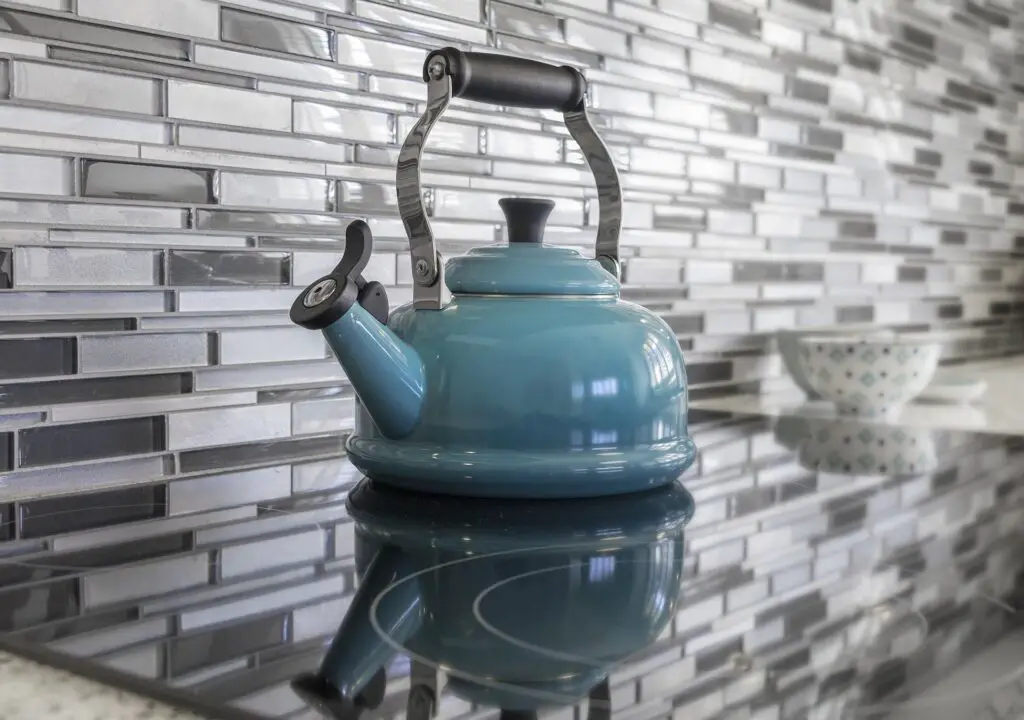
Cleaning a glass top stove can be a daunting task for many homeowners. The sleek and modern appearance of these stoves is often marred by stubborn stains and grime. However, with the right tools and techniques, cleaning a glass top stove can be a quick and easy process.
One of the first things to keep in mind when cleaning a glass top stove is to avoid using harsh chemicals or abrasive materials that can scratch or damage the surface. Instead, opt for gentle cleaners and tools such as a microfiber cloth, baking soda, and vinegar. It’s also important to wait until the stove has cooled down completely before cleaning to prevent any accidents or burns.
Another key tip for cleaning a glass top stove is to tackle spills and stains as soon as possible. This will prevent them from hardening and becoming more difficult to remove. Regular maintenance and wiping down the stove after each use can also help prevent buildup and make cleaning easier in the long run. By following these simple tips, homeowners can keep their glass top stoves looking clean and pristine for years to come.
Essential Supplies for Cleaning a Glass Top Stove
Cleaning a glass top stove requires specific supplies to avoid damaging the surface. Here are the essential supplies needed to effectively clean a glass top stove:
Cleaning Agents
- Glass stove top cleaner: A specialized cleaner designed for glass top stoves is the safest and most effective option. Look for a cleaner that is labeled safe for use on glass surfaces and avoid abrasive cleaners that could scratch the surface.
- Vinegar: A natural and inexpensive option for cleaning glass top stoves is white vinegar. Dilute the vinegar with water in a spray bottle and use a soft cloth to wipe the surface.
- Baking soda: Baking soda is another natural option that works well for tougher stains. Mix baking soda with water to create a paste and apply it to the stain. Let it sit for a few minutes before wiping it away with a damp cloth.
Cleaning Tools
- Microfiber cloth: A soft microfiber cloth is gentle on the glass surface and won’t scratch it. Use it to wipe away any loose debris or cleaning solution.
- Razor blade scraper: A razor blade scraper can be used to remove stubborn stains or burnt-on food. Use it at a 45-degree angle to avoid scratching the surface.
- Soft-bristled brush: A soft-bristled brush can be used to clean the edges and corners of the stove top. Avoid using a hard-bristled brush that could scratch the surface.
By using the right cleaning agents and tools, cleaning a glass top stove can be a quick and easy task. Always follow the manufacturer’s instructions and avoid using harsh chemicals or abrasive tools that could damage the surface.
Routine Cleaning Procedure
Daily Maintenance
To keep a glass top stove clean and shiny, it is important to perform daily maintenance. This ensures that spills and stains are not left to harden and become more difficult to remove. The following steps can be taken for daily maintenance:
- Wipe up spills and splatters as soon as possible with a damp cloth or sponge.
- Use a cooktop cleaner specifically designed for glass top stoves to remove any stubborn stains or burnt-on food.
- Avoid using abrasive cleaners or scrubbing pads as they can scratch the surface of the stove.
Weekly Deep Clean
In addition to daily maintenance, a weekly deep clean can help keep a glass top stove looking like new. The following steps can be taken for a weekly deep clean:
- Turn off the stove and allow it to cool completely.
- Remove any loose debris such as food crumbs or grease with a soft-bristled brush or dry cloth.
- Apply a generous amount of cooktop cleaner to the surface of the stove and let it sit for a few minutes.
- Use a non-abrasive sponge or cloth to scrub the surface of the stove in a circular motion, focusing on any stubborn stains or burnt-on food.
- Rinse the sponge or cloth and wipe the surface of the stove clean.
- Dry the stove with a soft cloth to prevent water spots or streaks.
By following these routine cleaning procedures, a glass top stove can be kept looking clean and shiny for years to come.
Removing Tough Stains and Burnt Residue
Glass top stoves are known for their sleek and modern look, but they can be a pain to clean, especially when it comes to tough stains and burnt residue. Here are some effective methods to remove these stubborn marks from your glass top stove:
Scraper Technique
The scraper technique involves using a razor blade or scraper tool to gently scrape off any burnt residue or stains from the surface of the stove. This method is best for removing large, stubborn marks that cannot be removed by wiping with a cloth.
To use this technique, first, make sure that the stove is cool and unplugged. Then, hold the scraper tool at a 45-degree angle and gently scrape off the residue. Be careful not to apply too much pressure or scratch the surface of the stove.
Baking Soda Method
Baking soda is a natural and effective way to remove tough stains and burnt residue from a glass top stove. It is non-abrasive and will not scratch the surface of the stove.
To use this method, make a paste by mixing baking soda with a small amount of water. Apply the paste to the stained area and let it sit for 10-15 minutes. Then, use a damp cloth to wipe away the paste and the stain.
Vinegar Solution
Vinegar is another natural and effective way to remove tough stains and burnt residue from a glass top stove. It is acidic and can break down the stains and residue, making them easier to remove.
To use this method, mix equal parts of vinegar and water in a spray bottle. Spray the solution onto the stained area and let it sit for 5-10 minutes. Then, use a damp cloth to wipe away the solution and the stain.
By using these effective methods, you can easily remove tough stains and burnt residue from your glass top stove without damaging the surface.

Preventive Measures and Best Practices
Glass top stoves are a popular choice for modern kitchens as they offer a sleek and stylish look. However, they require special care and maintenance to keep them clean and looking new. In this section, we will discuss some preventive measures and best practices to keep your glass top stove in top condition.
Spill Management
Spills are inevitable when cooking, but it’s important to clean them up as soon as possible to prevent damage to your glass top stove. Here are some tips for spill management:
- Use a clean, dry cloth to wipe up spills immediately. Avoid using abrasive sponges or cleaning pads as they can scratch the surface of your stove.
- If the spill is stubborn, use a glass top stove cleaner and scraper to remove it. Follow the manufacturer’s instructions carefully to avoid damaging your stove.
- Avoid using acidic or abrasive cleaners as they can damage the surface of your stove.
Surface Protection
To keep your glass top stove looking new, it’s important to protect the surface from scratches and damage. Here are some tips for surface protection:
- Use cookware with flat bottoms to prevent scratches on the surface of your stove.
- Avoid dragging heavy or rough-bottomed cookware across the surface of your stove.
- Use a protective cover when not in use to prevent scratches and other damage.
Cookware Recommendations
Choosing the right cookware is essential to prevent damage to your glass top stove. Here are some cookware recommendations:
- Use cookware with a flat bottom and a smooth surface to prevent scratches on your stove.
- Avoid using cast iron, stoneware, or ceramic cookware as they can scratch the surface of your stove.
- Stainless steel, copper, and aluminum cookware are good options for glass top stoves.
By following these preventive measures and best practices, you can keep your glass top stove looking new for years to come.
Frequently Asked Questions (FAQs)
Q: What is the most effective homemade cleaner for a glass top stove?
A: A mixture of baking soda and water is a popular and effective homemade cleaner for a glass top stove. Simply mix the two ingredients together to form a paste, apply it to the surface of the stove, and let it sit for a few minutes. Use a soft cloth or sponge to gently scrub the surface, then rinse with water and dry with a clean cloth.
Q: What are the best practices for removing burnt-on residue from a glass top stove?
A: To remove burnt-on residue from a glass top stove, it is important to avoid using abrasive cleaners or tools that could scratch the surface. Instead, allow the stove to cool completely, then apply a specialized glass cooktop cleaner to the affected area. Use a soft cloth or sponge to gently scrub the surface, then rinse with water and dry with a clean cloth. For particularly stubborn stains, a razor blade scraper may be used, but only with extreme caution.
Q: How can I clean my glass top stove using vinegar without causing damage?
A: Vinegar is a natural and effective cleaner for a glass top stove, but it must be used with caution to avoid causing damage. To clean your stove with vinegar, mix equal parts vinegar and water in a spray bottle, then spray the solution onto the surface of the stove. Use a soft cloth or sponge to gently scrub the surface, then rinse with water and dry with a clean cloth. Be sure to avoid using undiluted vinegar or leaving the solution on the surface for an extended period of time, as this could cause damage to the glass.
Q: What are the recommended tools or products to safely scrape off substances from a glass cooktop?
A: When scraping off substances from a glass cooktop, it is important to use a specialized razor blade scraper designed for this purpose. Avoid using metal tools or abrasive materials, as these could scratch the surface of the stove. Additionally, it is recommended to use a cooktop cleaning cream or paste to help loosen the substance before scraping.
Q: How can I maintain a streak-free shine on a black glass top stove?
A: To maintain a streak-free shine on a black glass top stove, it is important to avoid using abrasive cleaners or tools that could scratch the surface. Instead, use a specialized glass cooktop cleaner and a soft microfiber cloth to gently clean the surface. Be sure to rinse the surface thoroughly with water and dry with a clean cloth to avoid leaving streaks or water spots.
Q: Are there any cleaning materials or substances that should be avoided on glass top stoves?
A: Yes, there are several cleaning materials and substances that should be avoided on glass top stoves. These include abrasive cleaners, metal scouring pads, and harsh chemicals such as bleach or ammonia. Additionally, it is important to avoid using too much water or leaving water on the surface for an extended period of time, as this could cause damage to the glass.
Final Thoughts
In maintaining a pristine glass stovetop, remember that regular cleaning with a few drops of dish soap and a damp microfiber cloth can make a world of difference. This simple yet effective method not only ensures your glass stovetop remains sparkling and hygienic but also extends its lifespan, keeping it looking as good as new. By incorporating these easy steps into your cleaning routine, you’ll not only preserve the sleek appearance of your stovetop but also ensure a safer, more enjoyable cooking experience.

